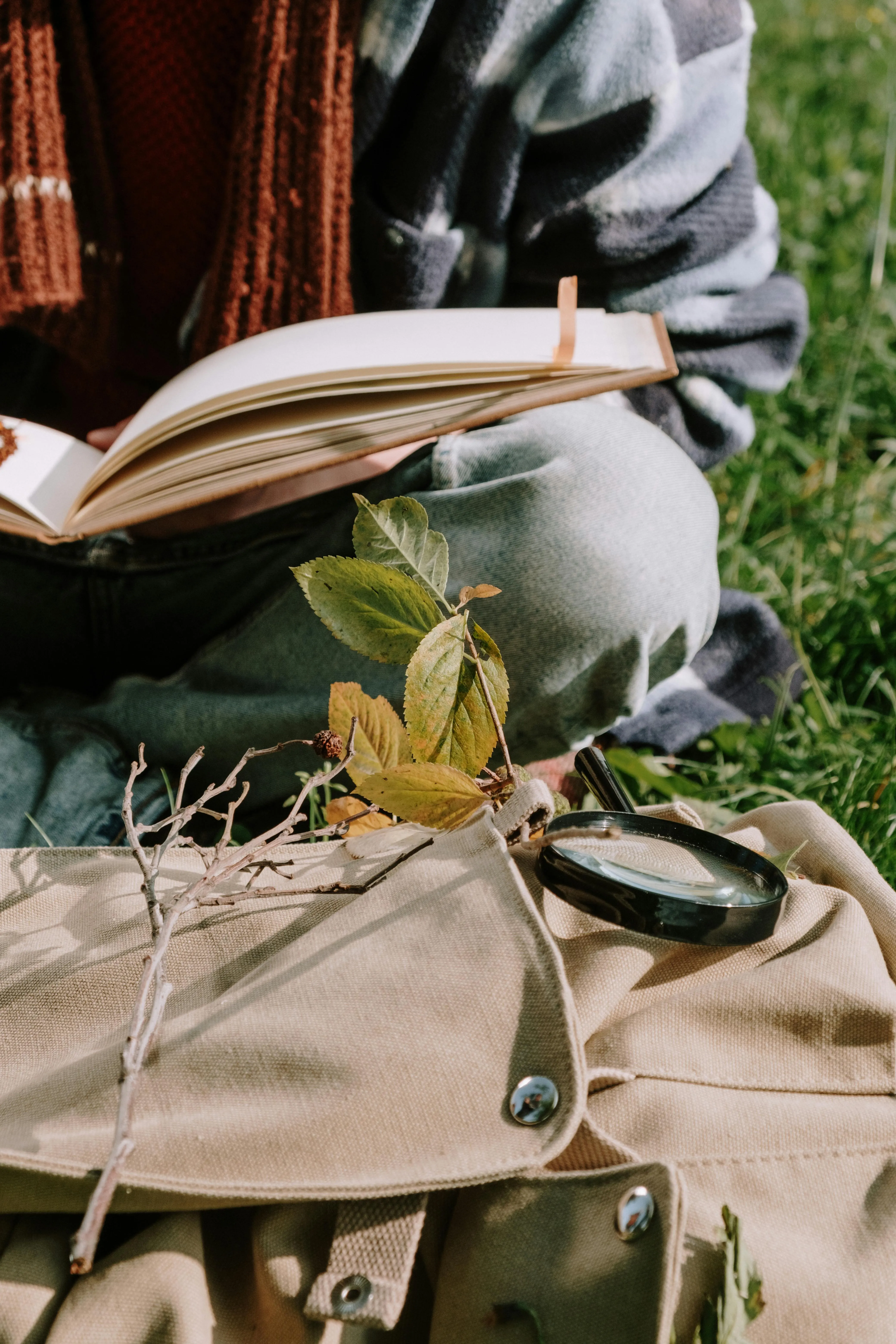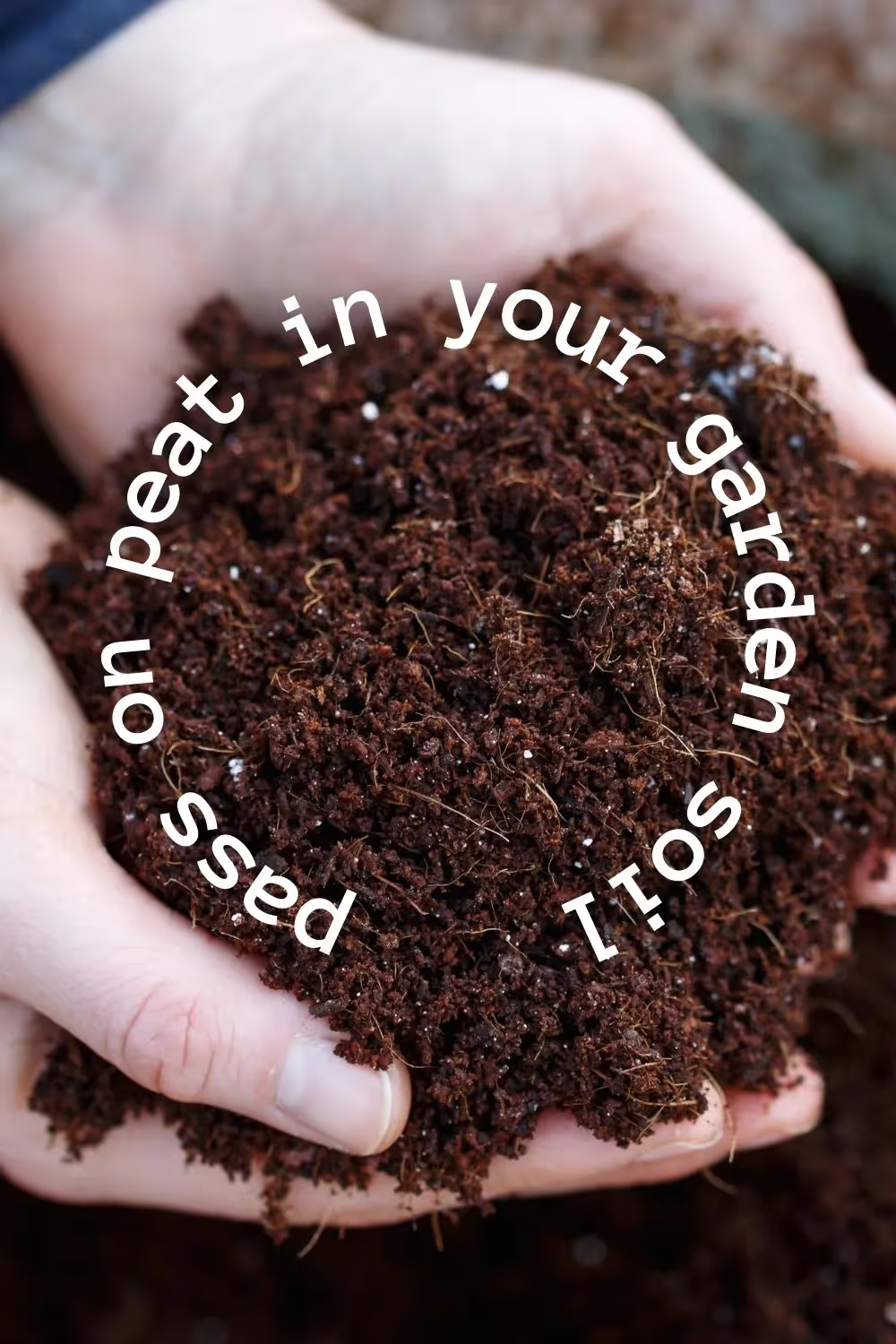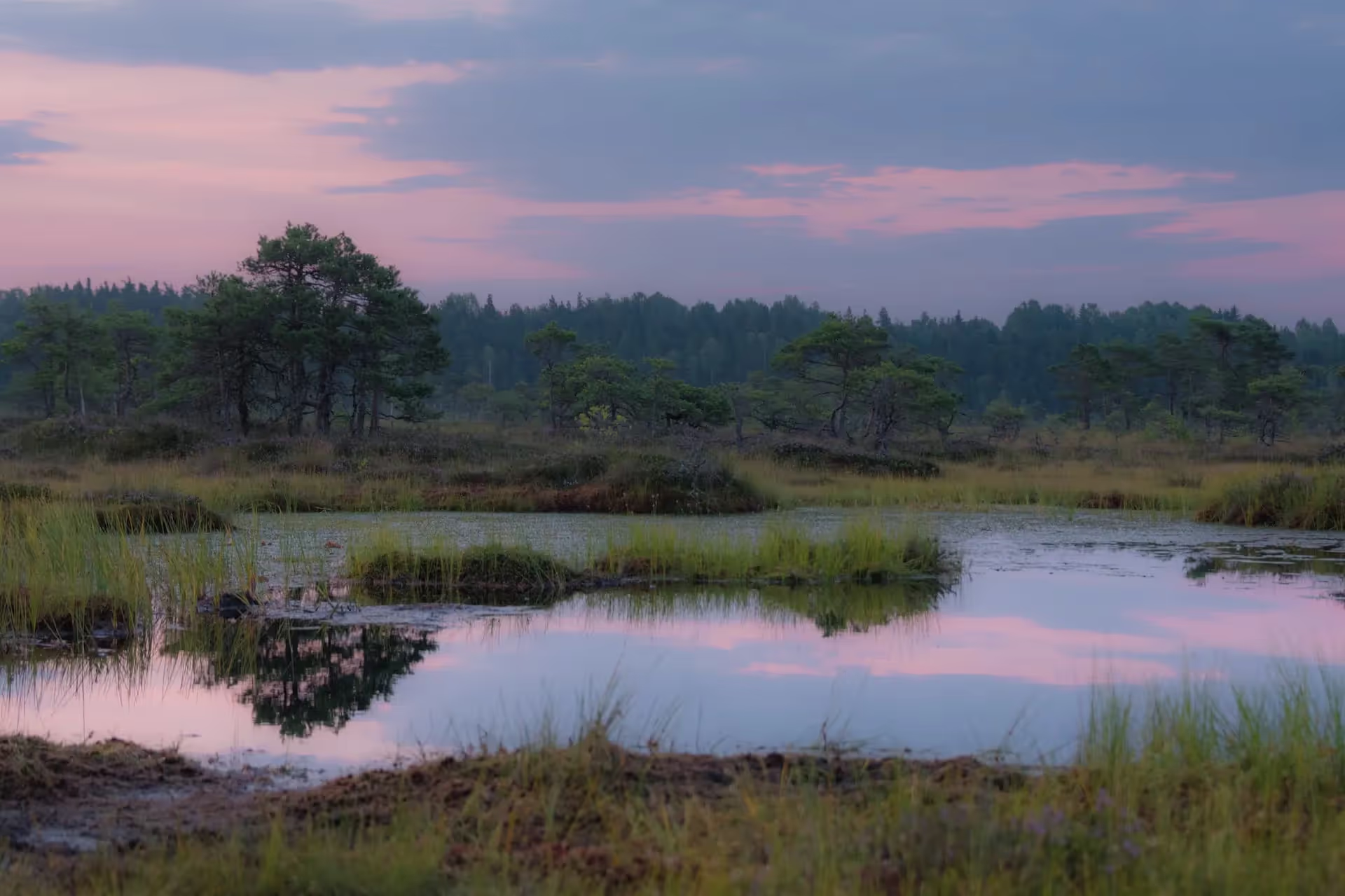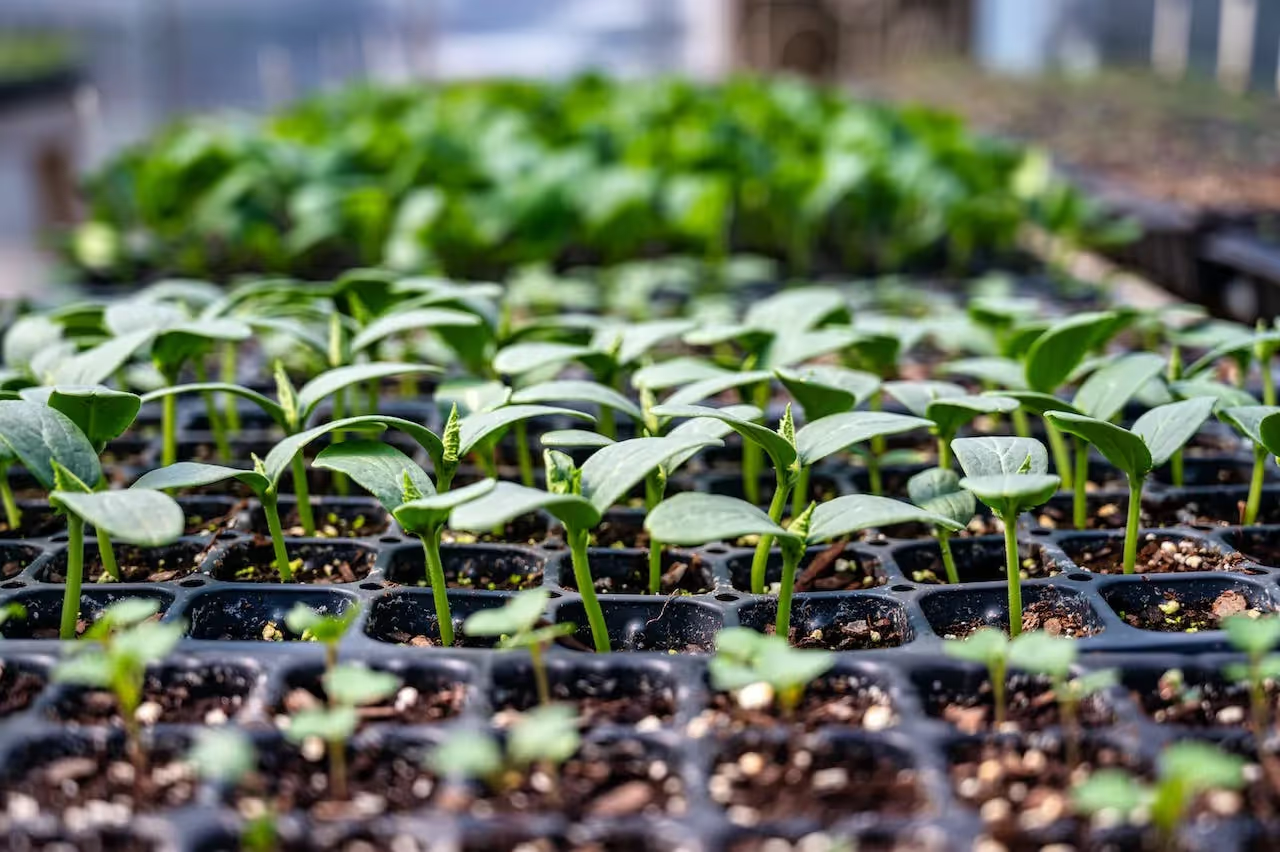
Be a Land Steward.
Sign up for Greenhouse Gases -
a weekly-ish newsletter that will teach you the science behind regenerative gardening, with action steps to help you make a difference in your backyard.

Sign up for Greenhouse Gases -
a weekly-ish newsletter that will teach you the science behind regenerative gardening, with action steps to help you make a difference in your backyard.

We need an alternative to peat in bagged soils because it is mined from one of the most important, and threatened, ecosystems on earth.
Peatlands are often overlooked in their importance for the environment, since they cover only 3% of earth’s surface.
But we need to pay more attention to their protection: as the UN Environment Program states, that small amount actually stores twice as much carbon as ALL the world’s forests combined!
Unfortunately, when the peat is removed from peatlands, all of that stored carbon gets released back into the atmosphere.
It’s kind of like how tilling the soil or disturbing it in any way in agriculture can release stored carbon back into the atmosphere.
We have a duty as sustainable gardeners to avoid peat products in order to maintain their incredible ecosystem service to the planet.
All the more reason to go full-on bog witch and look for ways to go against bagged soil societal norms.

Peat has high organic matter levels, ranging from 20-30% or more. The carbon that the plants naturally sequestered is stored in this way with high retention rates - if left undisturbed.
The Global Peatlands Assessment states that peat is found in the wet moors, blanket bogs, and fenlands of the UK, swamps in Asia, the permafrost in the far north, tropical lands in the Congo and Amazon, and in the mountains of the Andes and Himalayas.
Out on the wily, windy moorsWe'd roll and fall in green…
Oh, and it’s also found in bagged potting soil - typically 30%-80% of the bag can consist of peat, according to UMass Amherst.
The most precious thing about peat is that it takes hundreds or even thoughts of years to form (NYT).
Peat and the environment
Peatlands are a very important landscape to preserve, since they are massive carbon storage caches.
They also offer a unique habitat that is home to a wide range of life. Some of the species that live in peatlands are rare or endangered, and they need the specific environment of this ecosystem to thrive.
For example, in the Congo Peatlands lives the critically endangered Western lowland gorilla and the African forest elephant (WCS). It’s a similar story for the Bornean orangutan, who lives in peatlands of Southeast Asia (IUCN).
In New Hampsire, peatlands are home to the ringed boghaunter, a dragonfly that is decreasing in numbers and breeds exclusively in peatlands (UNH).
Peatlands are natural water filters, which helps reduce water pollutants, too.

It can be frustrating to plan out the creation of an eco-friendly landscape in your backyard, only to find that your seed starting mix or raised bed soil contains high levels of peat.
We’re trying to sequester carbon, not contribute to climate change.
First, though - be kind to yourself. Peat-free bagged soil is extremely difficult to find in the United States.
There are some companies doing amazing work to make peat-free soil mixes available to the public:
Organic Mechanics (OMRI Listed for Organic use):
Peaceful Valley Organics (OMRI Listed for Organic use)
Dirtcraft (OMRI Listed for Organic use):
Find a retailer near you if you live in the southeastern US
SymbiOp Garden Shop (in-store only in Portland, OR) - no shipping
If you really are here to embrace your inner bog witch, then you’ll probably like the idea of getting crafty. You can blend up your own mix of soil, at a fraction of the cost of pre-mixed bags.
University of Minnesota Extension recommends a mixture like this for seed starting:
They also have a recipe for transplants, seedlings, and mature vegetables:
Where to source your ingredients:
Coconut Coir: Gardener’s Supply (large); Coconut Coir: Peaceful Valley (small);
Compost: Peaceful Valley (large); Compost: Peaceful Valley (small)

No-till gardening
No-till gardening mirrors what is necessary in the peatlands - not disturbing the soil - in our own backyards. When we avoid tilling, digging, ripping up plants, or compacting the soil, we keep the soil’s carbon in the earth.
On the contrary, soil disturbance releases carbon out into the atmosphere, where it contributes to climate change.
No-till gardens have other advantages, too - more water retention, robust fertility, and more soil mirobial life.
Composting
Create your own compost at home to use in your peat-free soil mixes! As a bonus, your compost pile diverts unnecessary waste from going into landfills, which reduces your contribution to climate change.
Compost is rich in microbial life and nutrients too, so your plants will reap benefits, too.
Vermicomposting
Vermicomposting is a way to get a special kind of compost material - worm castings - from kitchen and green waste.
While usually home vermicomposting systems are on a smaller scale than home composts, they still create an amazing soil amendment that you can add to your peat-free mixes for excellent results.
The need to pass on peat is not just a personal preference for gardeners - it’s a collective responsibility for the well-being of our planet.
Peatlands, despite their small presence on the planet, are huge beacons of hope when it comes to climate change and carbon sequestration.
When we choose and advocate for peat-free alternatives for our seeds, pots, and garden beds, we protect these ancient landscapes and their irreplaceable ecosystems.